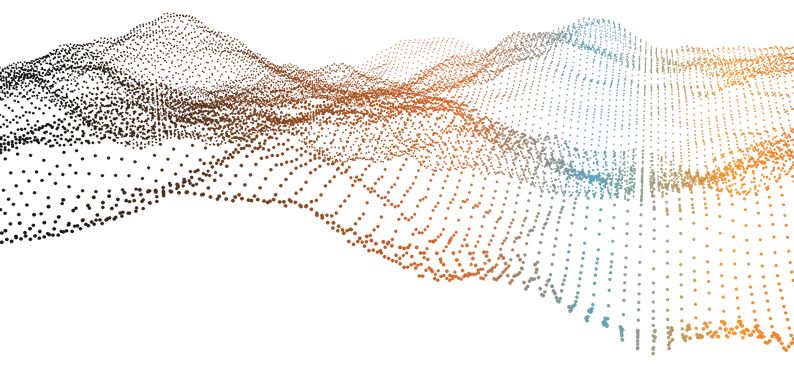
A Machine Learning Model for Every Task: Selecting the Right Tool in Mineral Exploration

There’s no “one-size-fits-all.” Success in AI depends on choosing the right algorithm.
AI in mineral exploration is no longer a novelty, but how it’s applied makes the difference between a successful project and a failed investment. One of the most important keys often overlooked is that there isn’t a single Machine Learning model that solves every problem. Just as a geologist uses a hammer for one thing and a microscope for another, each ML model has a specific purpose.
In this post, we’ll break down the main types of Machine Learning models and show you why choosing the right tool is fundamental to getting accurate, actionable results in your exploration projects.
Types of Machine Learning Models and Their Applications in Geology:
1. Supervised Learning: When History Guides Us
- What it is: In supervised learning, the model is trained with data that is already labeled. This means the algorithm is shown a dataset (e.g., geophysical measurements) and the desired outcome (the presence or absence of a mineral deposit). The model “learns” to map the data features to the outcome, allowing it to make predictions on new, unlabeled data.
- Application in Mining: This type of model is ideal for classification and regression tasks. For example, it can be used to predict the lithology of a drill hole based on geophysical data, or to predict mineralization grades in undrilled areas. The key is that you need a history of well-defined data to train the model.
- Analogy: It’s like teaching a novice geologist to identify a type of rock by showing them thousands of samples of that same rock with its name clearly labeled.
2. Unsupervised Learning: Discovering Hidden Patterns
- What it is: Unlike supervised learning, unsupervised models work with unlabeled data. Their goal is not to predict, but to find inherent patterns, structures, or relationships within the data. The model groups similar data points into clusters or reduces the dimensionality of the information to reveal what is not visible to the naked eye.
- Application in Mining: This approach is extremely valuable in the early stages of exploration when data is abundant but knowledge about the area is limited. It can identify similar alteration zones in satellite data, group areas with similar geochemical signatures that suggest a type of mineralization, or classify complex data to simplify interpretation.
- Analogy: It’s like asking a geologist to look at a large set of unlabeled samples and organize them into groups based solely on their visual and textural characteristics, thus discovering new rock types they might not have known about.
3. Reinforcement Learning: Learning to Make Decisions
- What it is: This is a type of model that learns to make decisions through a process of trial and error, interacting with an environment. It receives “rewards” for correct decisions and “punishments” for incorrect ones, improving its strategy with each iteration.
- Application in Mining: Although less common in traditional exploration, it has great potential for optimization. For example, it can be used to optimize the drilling sequence to maximize the geological information obtained at the lowest cost, or to plan the operation of autonomous equipment in a dynamic environment.
The Key is Integration: A Practical Approach to Exploration
To achieve a comprehensive solution that goes beyond simple data collection, it’s necessary to combine these disciplines. For example, at Mineral Forecast, we don’t just apply one model; we evaluate the geological challenge and the quality of the client’s data to select the most appropriate methodology. If the goal is to identify new alteration zones at an early stage, we use an unsupervised learning approach. On the other hand, if the task is to predict copper grade in a known deposit, we turn to a supervised learning model, trained with existing drillhole data.
This approach demonstrates how, by working together, understanding each model empowers exploration teams and maximizes the value of their investments, without selling “AI” as a magical solution.
The Expert Remains in Control
Understanding that each exploration problem requires a specific ML tool is the first step to mastering artificial intelligence. This technology is not a magic button but a set of powerful tools that, when applied with the knowledge and experience of a geological team, can revolutionize how we discover and develop our planet’s resources. The expert geologist remains the conductor, deciding which tool to use and how to interpret the results.
Are you curious about how these concepts apply directly to your exploration data? Learn more about our platform and how we select the best model for each challenge by contacting us here.
